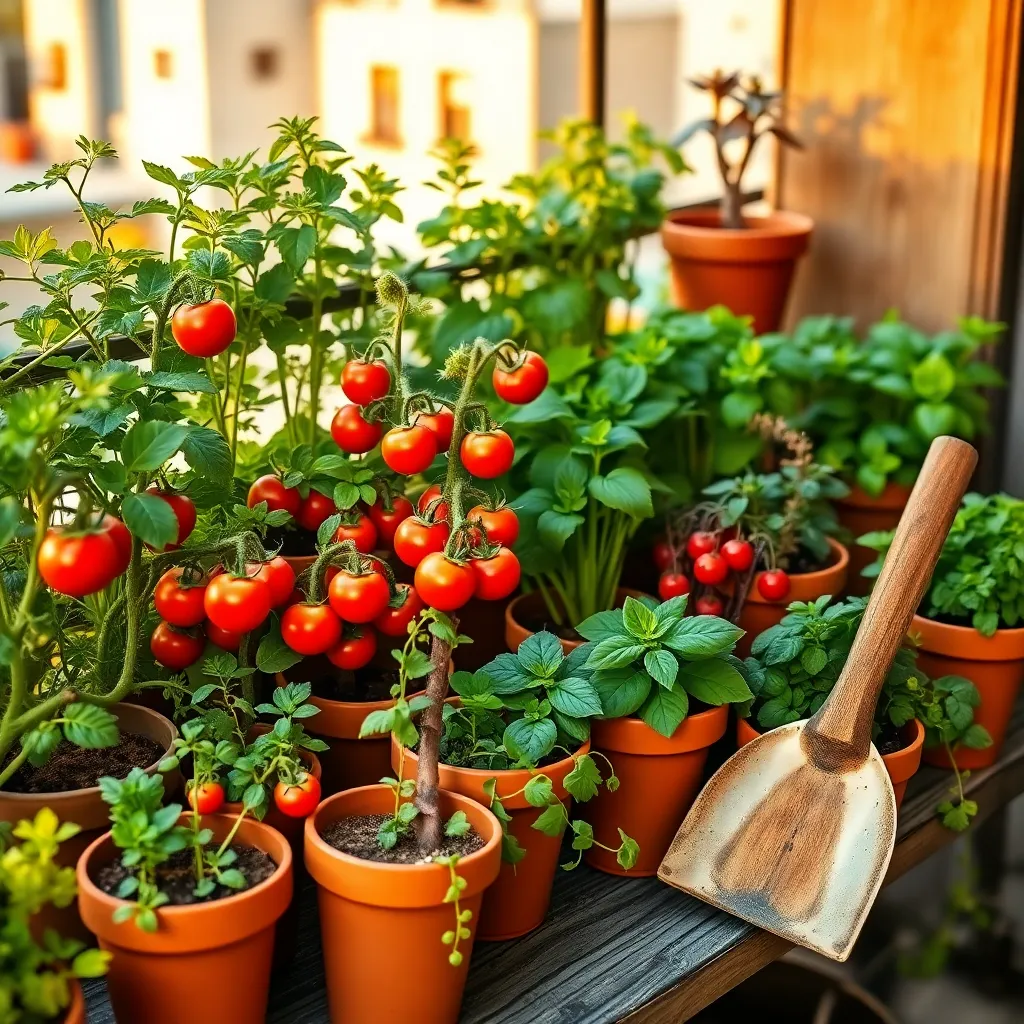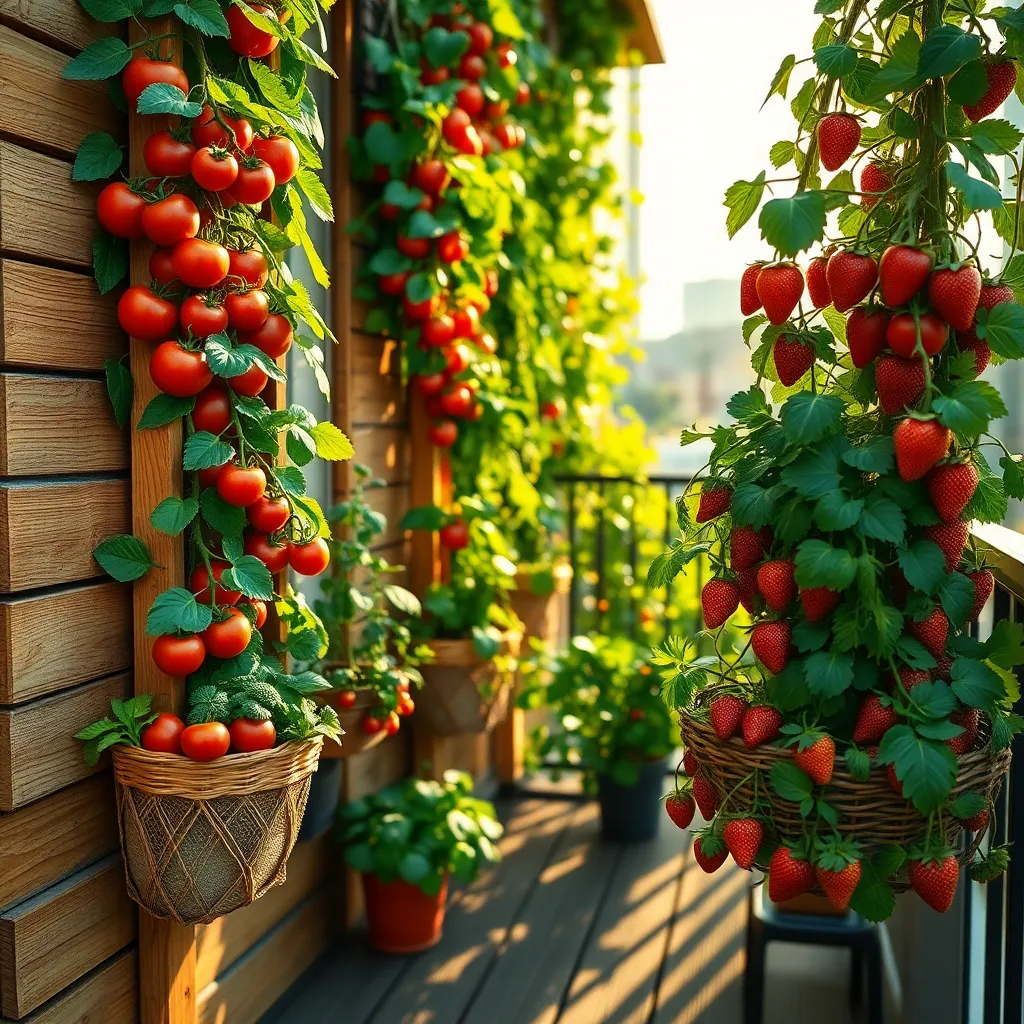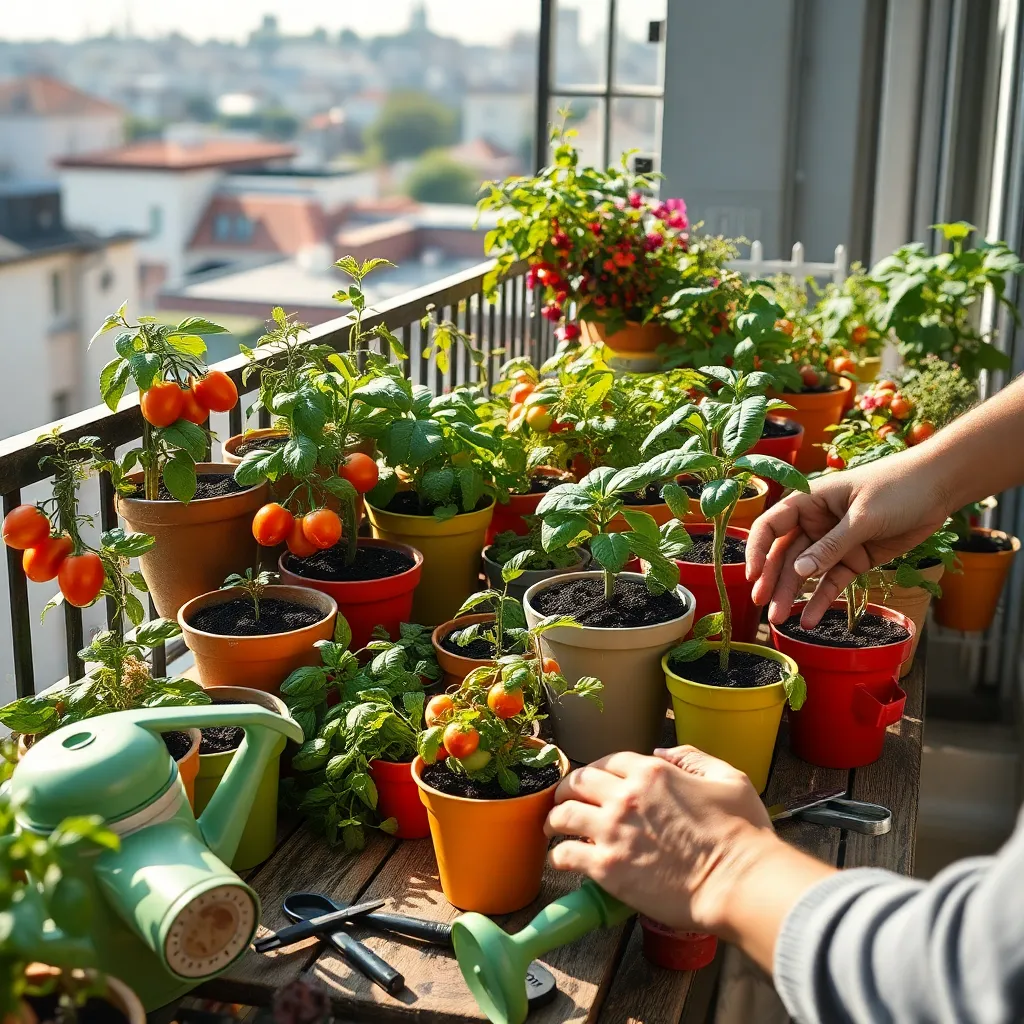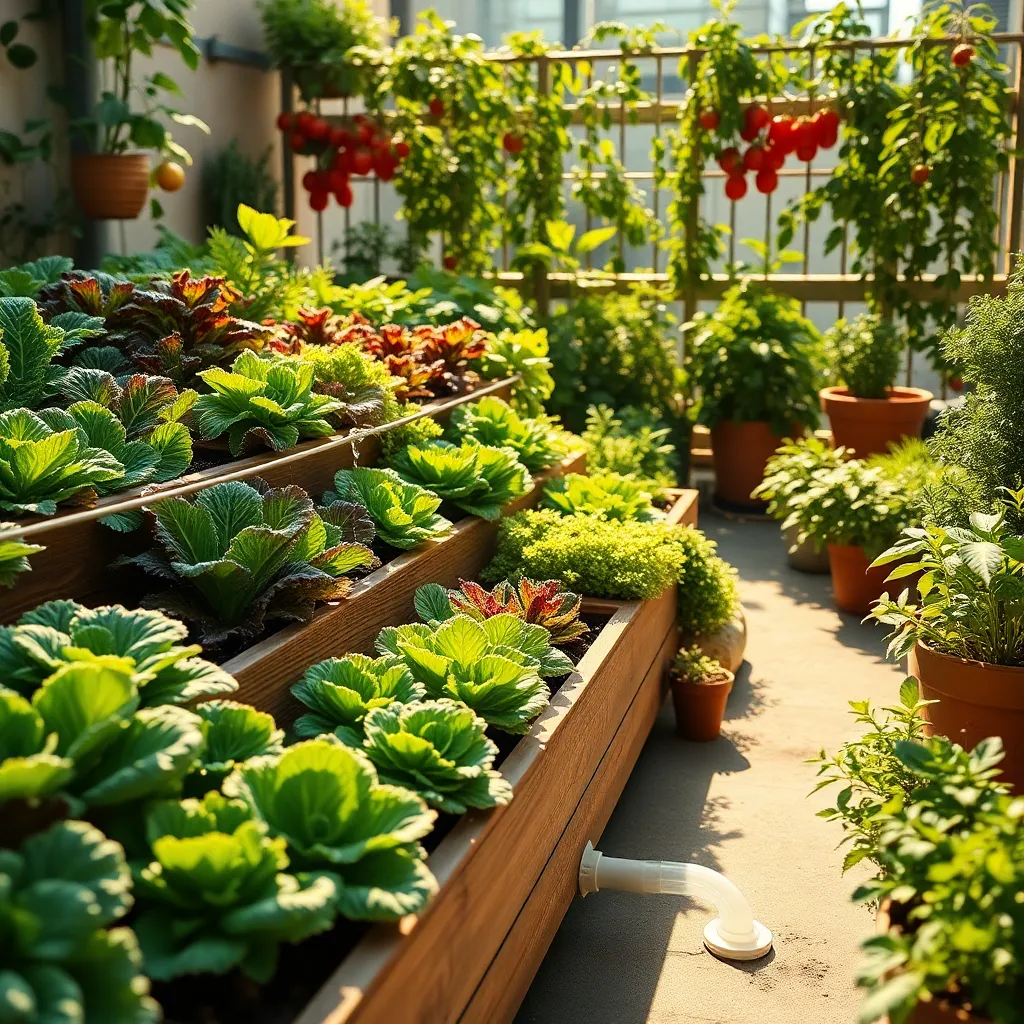Imagine stepping onto your balcony or peeking out your kitchen window to find a lush, thriving garden filled with vibrant vegetables, all within the confines of your small urban space. Whether you’re a beginner ready to sow your first seeds or a seasoned gardener looking to maximize every inch, the joy of homegrown produce can be yours without sprawling acres or a grand backyard.
In our fast-paced world, growing your own vegetables in limited spaces not only provides a fresh supply of nutritious food but also offers a serene escape from the hustle and bustle. This guide will equip you with the knowledge to transform your small space into a productive garden, focusing on container gardening, vertical solutions, and smart layout strategies.
You’ll learn the secrets of selecting the right plants for compact areas, mastering soil and watering techniques, and creating a thriving ecosystem that rewards you with bountiful harvests. With a sprinkle of creativity and a dash of dedication, any windowsill, balcony, or tiny patch of patio can turn into a verdant haven. Let’s embark on this gardening journey together, where every seed planted is a step toward a healthier, more sustainable lifestyle.
Select Compact Vegetable Varieties

When space is limited, selecting compact vegetable varieties can make a world of difference. These plants are bred specifically for small gardens or container growing, allowing you to maximize your yield without sprawling across large areas.
Consider dwarf varieties of popular vegetables like tomatoes, which thrive in pots with a minimum depth of 12 inches. Patio Princess and Balcony Charm are excellent choices, requiring full sun and regular watering to ensure juicy, flavorful harvests.
Opt for bush varieties of beans and peas as they require less vertical space and provide abundant yields. Plant these in well-draining soil, maintaining consistent moisture, and use a light trellis if needed to support their growth.
Leafy greens such as lettuce and spinach are ideal for compact gardening, as they can be harvested continuously and regrown. Utilize shallow containers with rich, loamy soil, and keep them in partial shade to prolong their growing season and prevent bolting.
Utilize Vertical Gardening Techniques

Vertical gardening is a fantastic way to maximize space in small areas, allowing you to grow more vegetables without requiring additional ground area. By training plants to grow upwards, you can take advantage of vertical space on balconies, patios, or small urban yards.
Start by selecting vegetables that naturally climb, such as peas, beans, and cucumbers, which thrive when given a structure to ascend. Construct simple supports like trellises, stakes, or even repurposed household items to guide their growth upwards.
To ensure success, use a strong and stable support system; this is crucial as plants grow heavier with fruit. For best results, ensure your structures are anchored securely into the ground or attached to a stable surface.
For beginners, container gardening combined with vertical techniques is incredibly effective. Use deep containers filled with a quality potting mix, ensuring proper drainage to prevent waterlogging. Water your vertical garden regularly, as elevated plants tend to dry out faster, and use a balanced fertilizer to promote healthy growth.
Prepare Space-Efficient Containers

Growing vegetables in small spaces can be highly rewarding, especially when using space-efficient containers. Choose containers that maximize vertical space, such as tall pots or hanging baskets, to make the most of limited areas.
For beginners, start with lightweight, durable materials like plastic or fabric pots, which are easy to move and maintain. Ensure your containers have adequate drainage holes to prevent waterlogging and root rot.
Advanced gardeners might consider self-watering containers, which help regulate soil moisture and reduce the frequency of watering. These containers are particularly useful in hot climates where evaporation is rapid, ensuring a consistent supply of moisture to your plants.
To optimize growth, use a high-quality potting mix with good water retention and aeration properties. A mix containing peat, perlite, or coconut coir provides the right balance of moisture and nutrients for most vegetables.
Ensure Optimal Sunlight Exposure

Understanding the sunlight needs of your plants is crucial for maximizing their growth potential in small spaces. Most vegetables require at least six to eight hours of direct sunlight per day, making it important to choose a location that receives adequate light.
Consider using a sun calculator or an app to determine the sunlight exposure of different areas in your garden. By tracking the sun’s path throughout the day, you can better position your plants for optimal growth.
For those with limited sunlight, choose shade-tolerant vegetables such as lettuce, spinach, and kale, which can thrive with less direct light. These leafy greens are perfect for small spaces and can even be grown indoors near a bright window.
Utilize reflective surfaces like mirrors or light-colored walls to bounce sunlight onto your plants, effectively increasing their exposure. This technique can be particularly beneficial in urban settings where buildings may cast shadows over your garden area.
Implement Efficient Watering Systems

Maximizing your small space vegetable garden’s productivity starts with implementing an efficient watering system. Consistent moisture is key for healthy plant growth, so consider utilizing a drip irrigation system to deliver water directly to the roots where it’s needed most.
Drip irrigation systems are a great choice because they minimize water waste by reducing evaporation and runoff. For those on a budget, you can easily create a DIY version using a series of hoses and emitters strategically placed around your plants.
Another effective method is using self-watering containers, which are perfect for small spaces like balconies or patios. These containers typically have a reservoir at the bottom that allows plants to draw up water as needed, reducing the frequency of watering and ensuring plants never go thirsty.
For gardeners who love a hands-on approach, consider installing a simple rain barrel to collect rainwater for your garden. This not only saves on water bills but also provides plants with natural, untreated water that they thrive on.
Conclusion: Growing Success with These Plants
As we’ve explored in ‘How to Grow Fresh Veggies in Small Spaces’, nurturing a thriving garden mirrors cultivating a flourishing relationship. First, assess your space and resources, just as you would evaluate the foundation of any partnership. Next, choose the right plants—or nurturing actions—that suit both your environment and relationship needs. Third, ensure consistent care and attention, as regular communication and effort are vital for growth. Fourth, be adaptable and ready to make adjustments—flexibility is key in both gardening and relationships. Lastly, celebrate the harvest by cherishing the fruits of your labor and commitment.
To put these insights into action, why not start with a small relationship “garden” of your own today? Set aside time for meaningful conversation or plan a new activity together that aligns with your shared goals.
Remember, nurturing relationships is an ongoing journey. Bookmark this article as your guide to revisit these principles when you need a reminder. By taking these steps, you’re planting seeds for future success, ensuring a relationship that blossoms beautifully over time. Your commitment today will yield a thriving, resilient connection tomorrow.
